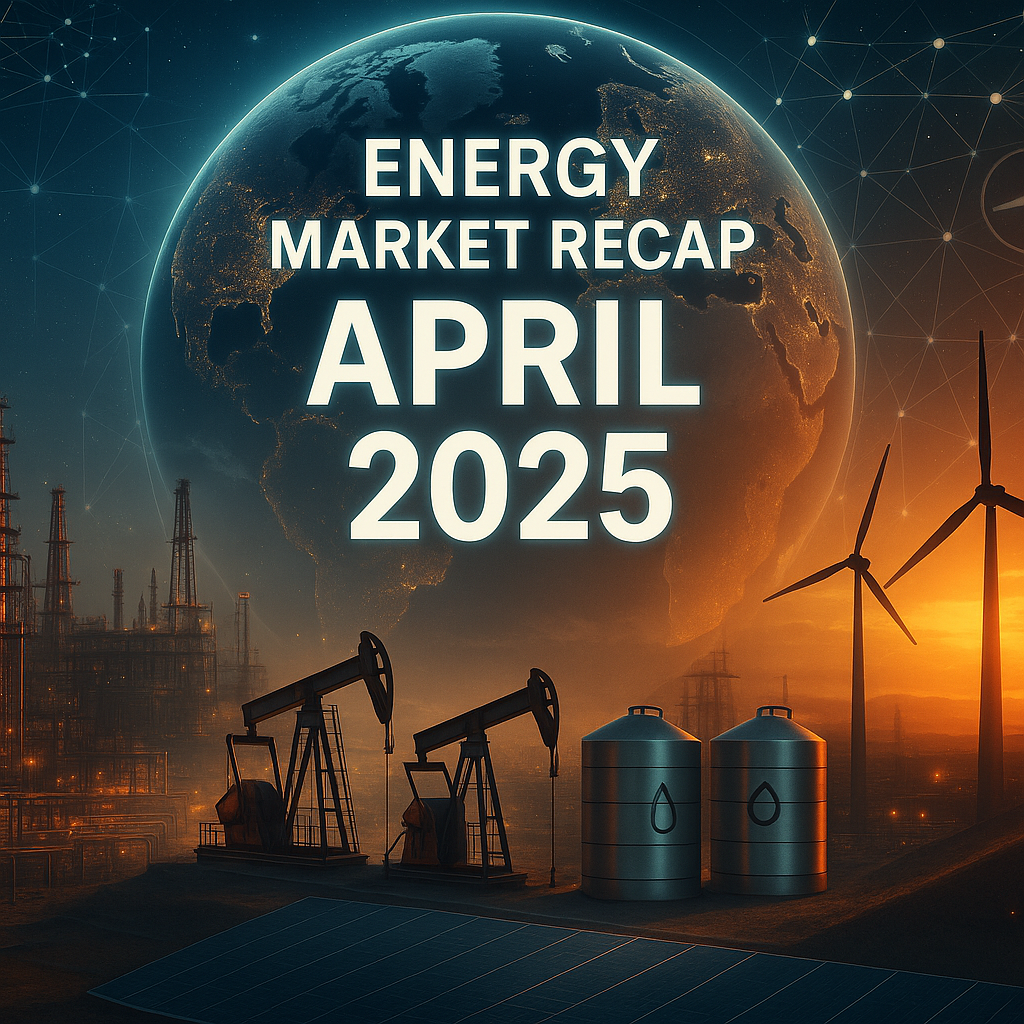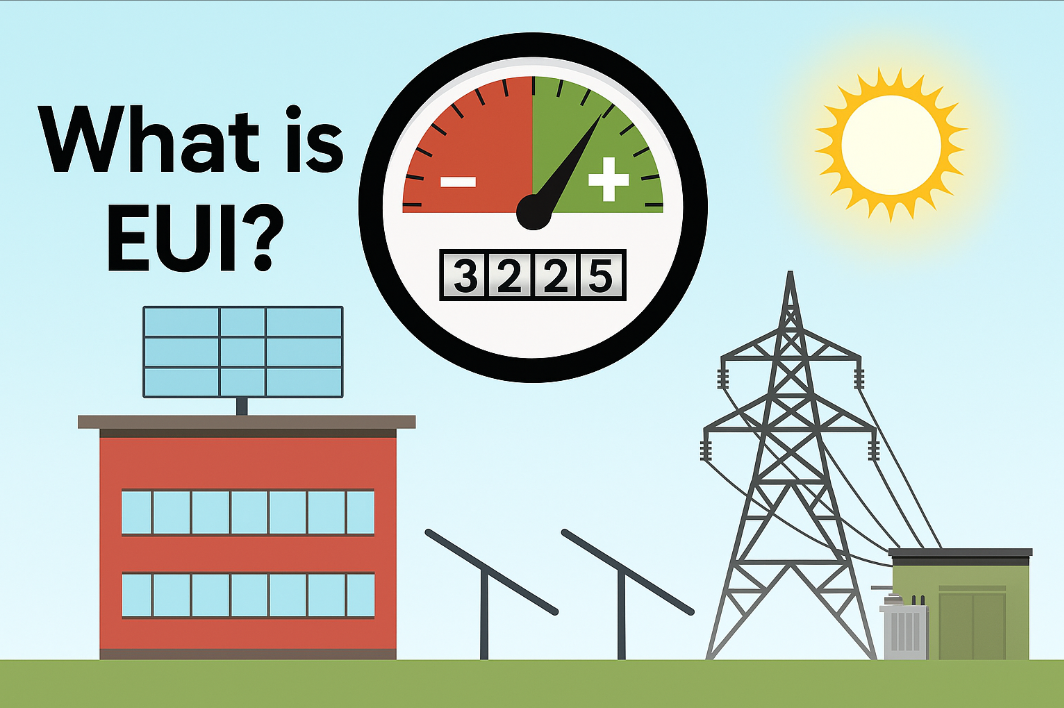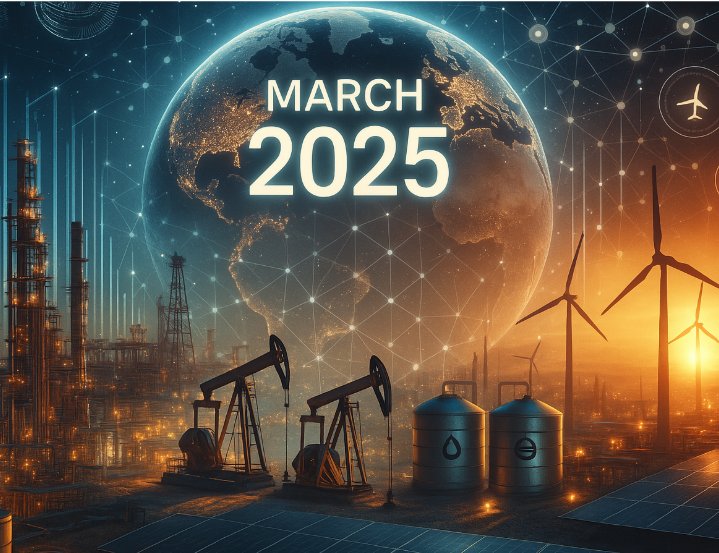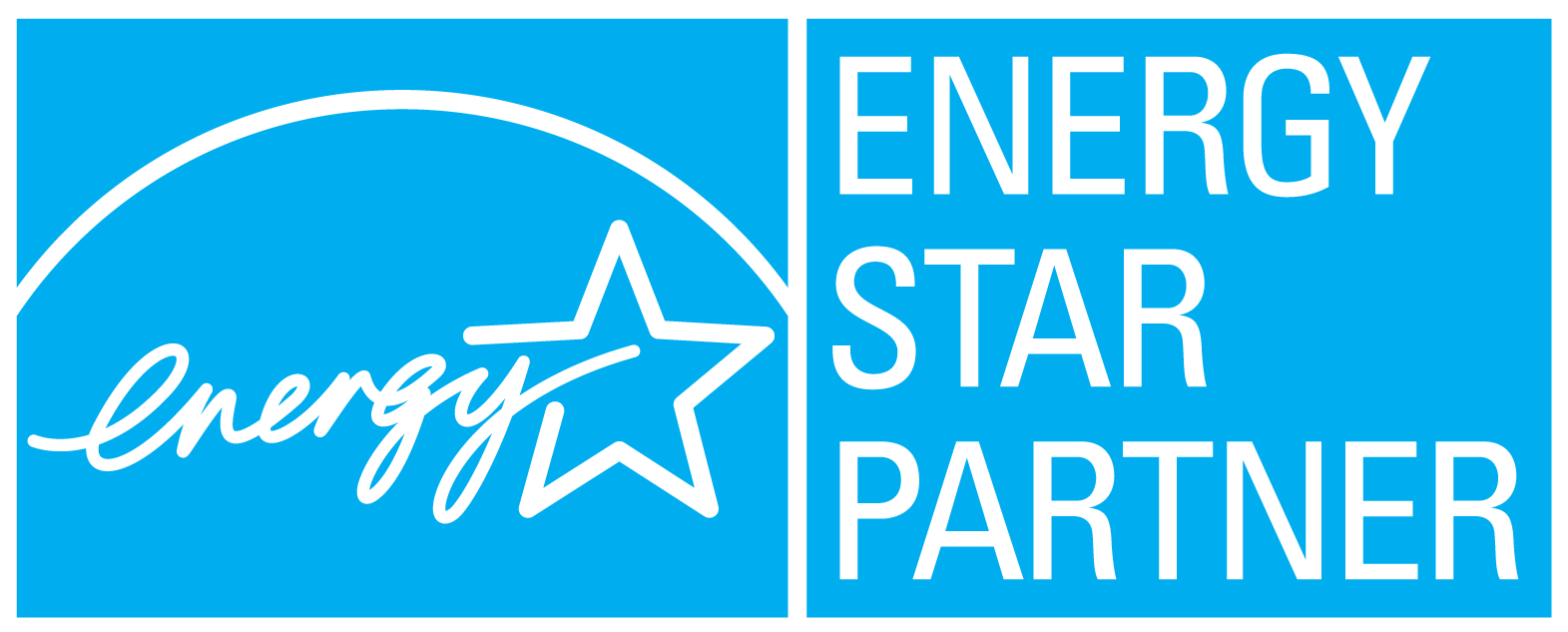Tracking greenhouse gas (GHG) emissions is essential for businesses seeking to enhance competitiveness through energy efficiency, cost control, customer satisfaction, and corporate social responsibility. Companies can attain these objectives by not only measuring their efficiency but also by implementing robust strategies to monitor their emissions. But before a strategy is constructed understanding the categorization of GHG emissions is critical. They are divided into three scopes by the Greenhouse Gas Protocol: Scope 1, Scope 2, and Scope 3. In this month’s article, we will explore each of these categories in detail.

Scope 1: Direct Emissions (Burn)
Scope 1 emissions are direct emissions from your owned or controlled sources which can also be thought of as what you “burn”. This category includes all direct GHG releases to the atmosphere by your business.
For example,
- Emissions from combustion of fuel in your vehicles and facilities (e.g., boilers, furnaces, generators).
- Emissions from chemical production in controlled processes.
- Direct venting (e.g., methane emissions from oil and natural gas systems).
Scope 2: Indirect Emissions from Purchased Electricity (Buy)
Scope 2 covers indirect emissions from the generation of purchased electricity, steam, heating, and cooling consumed by your business, which can also be thought of as what you “buy”. Although these emissions usually occur at a facility that is not owned by you, they are the consequence of your business operations. Therefore, they are accounted for in the GHG inventory of your business.
Some examples of Scope 2 emissions are:
- Electricity Consumption: Emissions from purchased electricity used in your operations like powering offices, plants, and data centers, are commonly seen as Scope 2 emissions.
- Heating and Cooling: Emissions from purchased steam, heating, or cooling, such as steam used for heating from a district plant.
- Purchased Cooling: Emissions from externally produced cooling agents used for air conditioning and process cooling.
Scope 3: Other Indirect Emissions (Beyond)
Scope 3 emissions are the result of other indirect GHG emissions that are associated with the upstream and downstream activities across your business’s supply chain. Upstream emissions refer to GHG emissions that are released during the initial stages of the production and supply chain. While downstream emissions refer to the GHG emissions that are released during the distribution, consumption and disposal of the products or services life cycle. This scope is often the most complex to manage but they often account for most of a business’s total emissions.
Some examples of upstream and downstream emissions within scope 3 include:
Upstream:
- Purchased Goods and Services: Emissions from the production and delivery of goods and services your company buys.
- Acquisition of Capital Equipment: Emissions from producing long-term assets like machinery and buildings.
- Fuel and Energy Procurement: Emissions linked to extracting, refining, and distributing fuels and energy not included in direct energy purchases.
- Supplier Transportation and Logistics: Emissions from third-party transport and storage of goods.
- Operational Waste Management: Emissions from disposing of and treating company-generated waste.
- Corporate Travel: Emissions from business-related employee travel by air, rail, and road.
- Employee Commuting: Emissions from employees traveling to work in non-company vehicles.
Downstream:
- Distribution and Delivery: Emissions from transporting and distributing your products from facilities to consumers.
- Processing of Sold Products: Emissions from additional processing that products undergo after leaving your company.
- Consumer Use: Emissions from the energy consumption of sold products, either directly or indirectly.
- Product Disposal: Emissions from disposing of or recycling products at their end-of-life.
- Franchise Operations: Emissions from operations conducted under a franchise agreement.
Why should you care?
Understanding and managing all scopes of emissions—Scope 1, Scope 2, and Scope 3—is crucial for businesses aiming to stay competitive in an increasingly environmentally conscious market. Additionally, states have set stringent goals to reduce their greenhouse gas (GHG) emissions, further emphasizing the importance of comprehensive emissions management. For example, New York has set its goals to reduce economy-wide GHG emissions 40% by 2030 and compliances like Local Law 97 have set limits on GHG emissions for buildings over 25,000 sqft. and require building owners to report scope 1 and 2 emissions. To add on, Maryland looks to reduce 60% of its GHG emissions by 2030 and compliances like Building Energy Performance Standards (BEPS) set limitations for buildings over 35,000 sqft. and requires building owners to report scope 1 emissions. Furthermore, for larger enterprises it is important to address these emissions to enhance investor appeal. The SEC recently has adopted rules to enhance climate related disclosures for investors which continue to show how much relevancy a business’s environmental footprint is becoming to investors let alone consumers. Addressing climate change and reducing greenhouse gas emissions are crucial challenges that businesses must actively address. By understanding the distinct categories of emissions—Scopes 1, 2, and 3—and implementing targeted reduction strategies, businesses can effectively reduce their carbon footprints.
At Sunlight Energy Group, our experienced team is committed to guiding your business in crafting effective strategies to manage and reduce emissions to meet regulatory compliance requirements.




